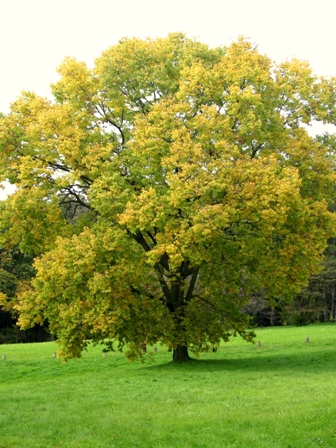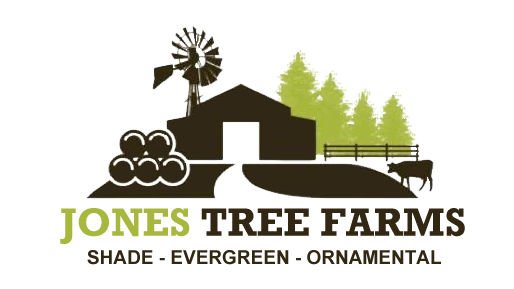Blog
-
Posted by Super User
Black walnut is an North American form of walnut and perhaps the most adaptable species of its genus. It is an extremely valuable timber tree.
The black walnut is a large tree, often more than 100 feet in height, usually developing a full, well-formed trunk with high branches. The oval crown is quite open. The black trunk and stems add to its winter charms. The large, deciduous leaves are pinnately compound. Its nuts are edible but encased in a thick green covering that stains the skin, making harvesting difficult.
It is best to grow this tree from seed, since it has a deep taproot and resents transplanting. The black walnut is fast-growing in its youth, so it makes an interesting landscape specimen within a reasonable length of time, and then its growth slows down. It rarely reaches its maximum height of more than 100 feet in culture unless it is supplied with a deep, rich, moist soil. It also grows well, but slowly, in dry soils.
Due to its large size, the black walnut is best used as a specimen tree. Although tolerant of street conditions, it makes a poor street tree because of its messy leaves and fruit. All walnuts produce juglone, a substance that can be toxic to plants growing in their vicinity.
-
Posted by Super User
American linden tree is the native North American species of linden, also known as basswood. The American linden is a stately, tall tree, growing to more than 100 feet. Pyramidal in youth, the tree develops a more rounded crown at maturity. It has gray to brown bark and large, toothed, heart-shaped, deciduous leaves. The leaves are dark green above and pale beneath, turning yellow or yellow-green in the fall. The yellow flowers would not be particularly noticeable without their pervading fragrance.
This tree transplants readily and does best in deep, rich, moist, well-drained soils with full sun or partial shade. Never plant the American linden over a parking area, such as a driveway; the sticky nectar that drips from the flowers can damage car paint.
-
Posted by Super User

"The tree so tough in can grow in the middle of a gravel road"
The common hackberry is particularly resilient, making it ideal for use in situations where other trees will not thrive. A tree of simple beauty, it is being used more and more widely as a landscape specimen.
As a young tree, the hackberry is roughly pyramidal. As it matures, it takes on a vase-shaped profile, with arching branches much like the American elm. In fact, it is commonly used as a replacement for that tree where Dutch elm disease is a problem. It can reach 100 feet in height but usually does not exceed 60 feet in culture. The bark is gray-brown with characteristic corky ridges. The deciduous leaves are elmlike and bright green with toothed edges. They become yellow in the fall. The berries ripen in midfall and vary in color from red to dark purple.
